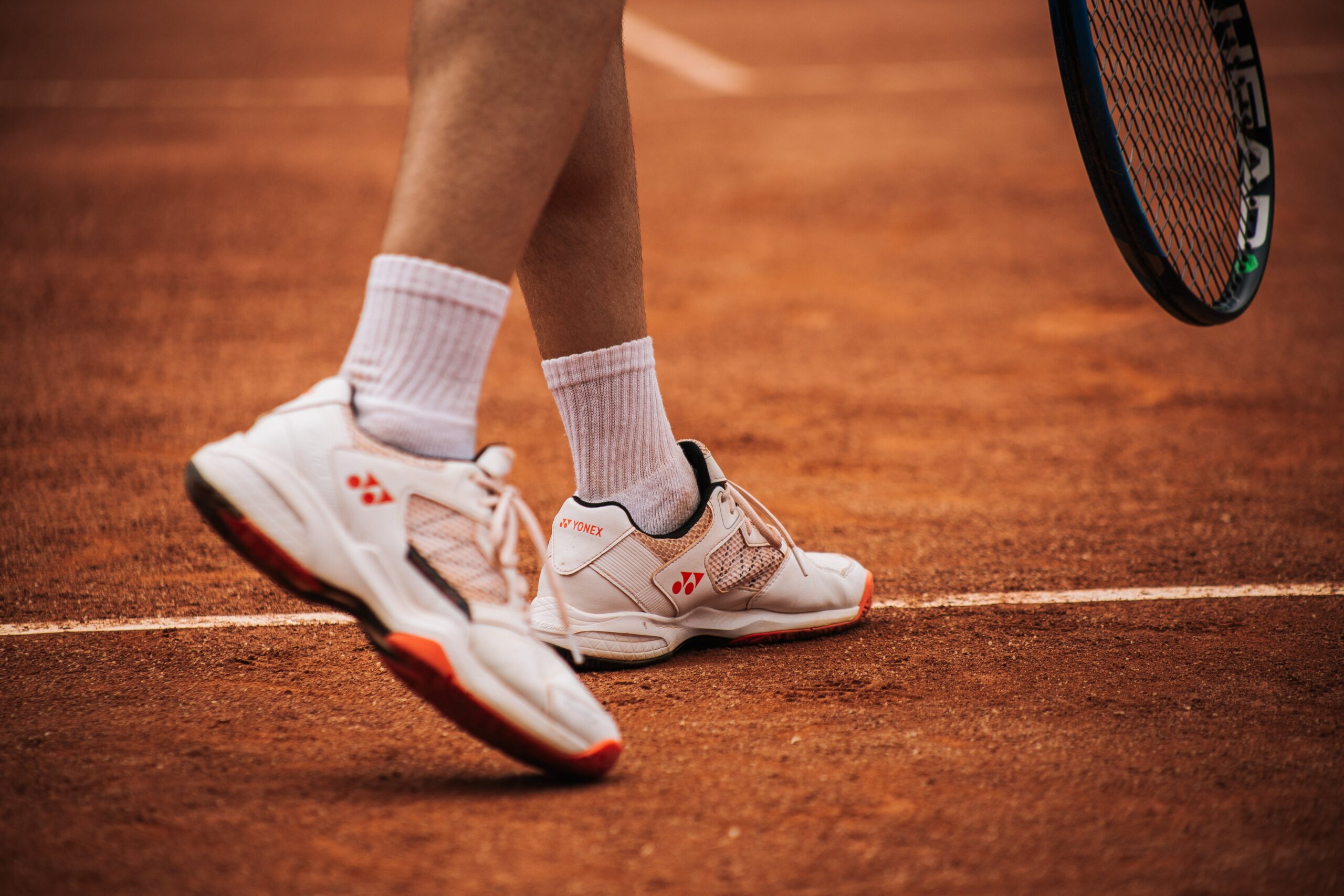
Definition and Significance

In tennis, a foot fault occurs when a player makes an illegal movement with their foot during the serve. Specifically, this violation happens if a player’s foot touches the baseline or the court inside the baseline before the racket makes contact with the ball.
Understanding this rule is essential for players at all levels; It ensures fairness and adherence to the standard rules of the game.
The Impact of Foot Faults on Matches
While it may seem like a minor infraction, a foot fault can significantly impact a tennis match. It can result in a loss of point or a second serve, depending on the situation. This can disrupt the server’s rhythm and momentum, potentially affecting the match’s outcome.
The Rules Governing Foot Faults
Official Regulations
The International Tennis Federation (ITF), the United States Tennis Association (USTA), and the Association of Tennis Professionals (ATP) have set specific regulations regarding foot faults. These rules state that a player must:
- not change their position by walking or running during the serve
- and the feet must not touch the wrong side of the baseline.
Common Misunderstandings About Foot Faults
There are several misconceptions about what constitutes a foot fault. Some players believe it only occurs if the foot is completely over the line, but even a slight touch can lead to a fault. Understanding these nuances is crucial for compliance.
Identifying and Preventing Foot Faults
Techniques to Avoid Foot Faults

Players can implement several techniques to avoid foot faults, such as practicing serving without stepping on the baseline and focusing on consistent ball tosses. Maintaining a balanced and stable stance during the serve is also vital.
The Role of Technology and Officials
Technology, like Hawk-Eye, and line judges play a crucial role in detecting foot faults. This technology provides accurate and unbiased judgments, helping maintain the game’s integrity.
The Controversy Surrounding Foot Faults
Foot faults often become a source of controversy in professional tennis. Players sometimes get annoyed when called for a foot fault, mainly because it can disrupt their serving rhythm and potentially cost them crucial points.
This frustration is compounded in high-stakes situations, such as match points or during a closely contested game. The annoyance also stems from the belief that foot faults are inconsistently called, leading to a perception of unfairness.
Professionals argue that foot faults are a distraction and an unnecessary focus, detracting from the skill and athleticism of the game. They also feel that foot faults are rarely game-changing in terms of advantage gained, thus questioning the need for stringent enforcement.
High-Profile Foot Fault Incidents
Some notable foot fault incidents in professional tennis have led to significant controversies. One famous incident involved Serena Williams at the 2009 US Open, where a foot fault call led to a heated argument and subsequent penalty points. Such incidents highlight the rule’s impact and the emotions it can evoke in high-pressure situations.
Training and Equipment to Prevent Foot Faults
Recommended Training Drills
To prevent foot faults, players can engage in specific drills that focus on serving within the boundaries. These drills include practicing serves from slightly behind the baseline and using visual markers to develop a sense of spatial awareness.
Equipment That Can Help
Proper tennis shoes with a firm grip can help maintain a stable stance. Additionally, using court markers during practice can provide a visual guide to avoid stepping on or over the line.
Conclusion: The Importance of Adhering to Rules
Understanding and adhering to the foot fault rule is vital for maintaining fair play and the integrity of the game. While it can be a source of frustration for players, especially professionals, it is a necessary aspect of the sport that ensures a level playing field for all competitors.
By employing the right techniques and equipment, players can minimize the risk of committing foot faults, allowing them to focus on their overall game strategy and performance.


